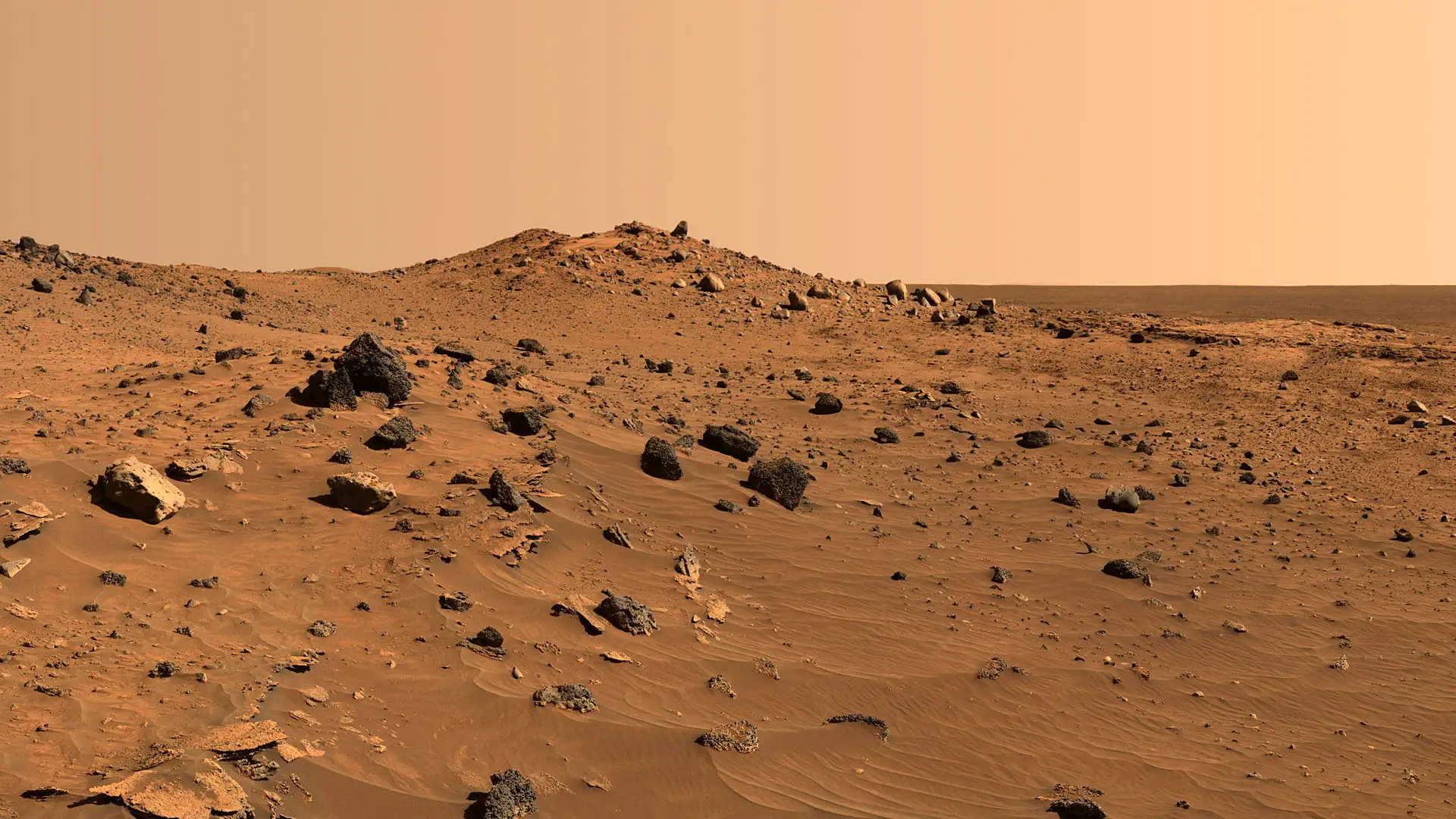New research sheds light on subsurface water reservoirs and unique magmatic processes on ancient Mars, deepening our understanding of the planet’s geological history.
Key Points at a Glance
- Scientists have uncovered evidence of hidden water reservoirs beneath ancient Mars’ surface.
- Rare magmatic processes appear to have played a significant role in the planet’s geological evolution.
- The findings suggest Mars may have harbored conditions favorable for life longer than previously believed.
For decades, researchers have speculated about the role water played in shaping Mars’ barren yet intriguing landscape. New evidence from a team at Rice University now reveals the existence of ancient, hidden water reservoirs beneath the Martian crust, along with unusual magmatic processes that may have influenced the planet’s evolution. These discoveries could redefine our understanding of Mars as a dynamic and potentially habitable planet in its early history.
Water Beneath the Surface
The study, led by Rice University geologists, analyzed meteorites of Martian origin to identify mineral compositions consistent with water-rich environments. By examining isotopic ratios and the chemical makeup of these minerals, the researchers concluded that significant reservoirs of water were likely trapped beneath the Martian surface billions of years ago.
These findings add a new dimension to our understanding of the planet’s hydrological history. Until now, evidence of Martian water has primarily focused on surface features, such as ancient riverbeds and ice caps. Subsurface reservoirs, however, suggest that water may have persisted longer and in more stable conditions, potentially supporting microbial life during a time when the planet’s surface was becoming inhospitable.
Rare Magmas and Planetary Dynamics
In addition to water, the team identified signs of rare magmatic processes unique to Mars. Using advanced spectroscopic techniques, the researchers found minerals that form under extreme conditions, indicative of volcanic activity that occurred deep beneath the Martian crust. These magmas, enriched in unusual chemical elements, likely contributed to the redistribution of heat and the cycling of nutrients, which are crucial for maintaining habitable environments.
The presence of these rare magmas also offers insights into the thermal and tectonic evolution of Mars. Unlike Earth, where plate tectonics drive much of the planet’s geological activity, Mars relies on localized volcanic and magmatic events. Understanding these processes helps scientists reconstruct the planet’s past and assess its potential for sustaining life.
Implications for Martian Habitability
The combination of hidden water reservoirs and unique magmatic activity presents an intriguing possibility: Mars may have harbored habitable conditions for far longer than previously thought. Subsurface water, insulated from the harsh conditions above, could have provided a stable environment for microbial life. Meanwhile, volcanic activity would have supplied essential heat and nutrients to sustain such life forms.
“This research opens up exciting avenues for future exploration,” said the study’s lead author. “By understanding the interplay between water and magmatic processes on ancient Mars, we’re getting closer to answering one of humanity’s most profound questions: Are we alone in the universe?”
Future Exploration and Challenges
The findings underscore the importance of continued Mars exploration, particularly missions focused on drilling and analyzing subsurface materials. NASA’s Perseverance rover, along with planned missions from international space agencies, could play a pivotal role in validating these discoveries by directly sampling Martian soil and rock.
However, challenges remain. Accessing subsurface reservoirs and retrieving meaningful samples require advanced technology and careful planning. Additionally, scientists must ensure that samples remain uncontaminated to preserve their scientific value.
A Step Closer to Understanding Mars
The study highlights the complexities of Martian geology and its implications for astrobiology. By uncovering hidden water and rare magmatic phenomena, researchers are piecing together a more detailed picture of Mars as a once-active planet with the potential to support life. As exploration efforts continue, these findings may bring us closer to understanding not only the Red Planet but also the broader processes that govern planetary habitability.
